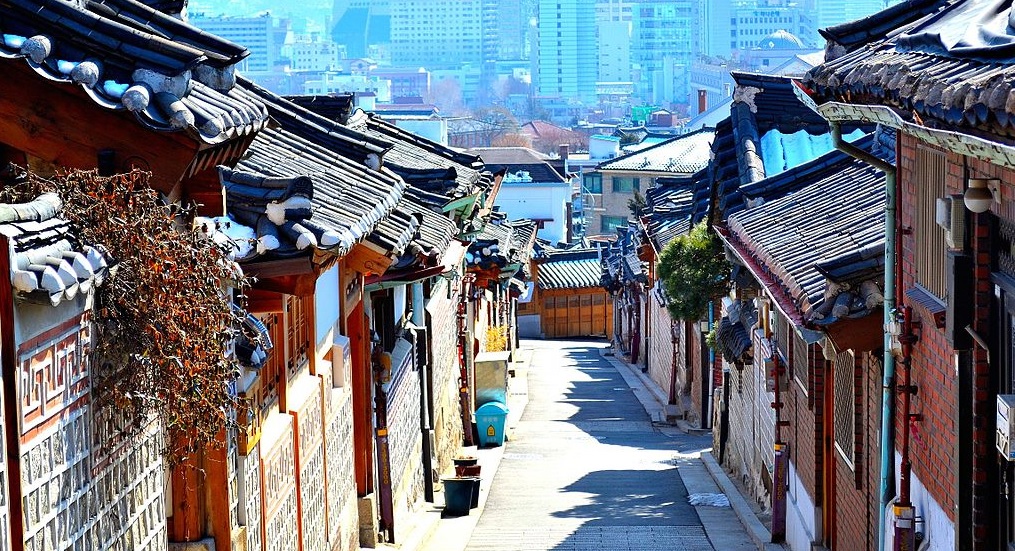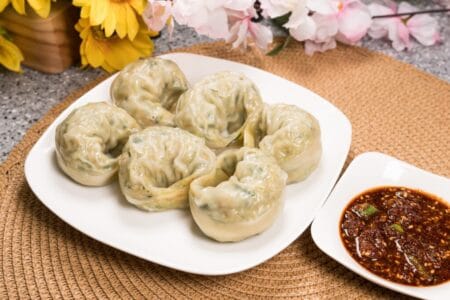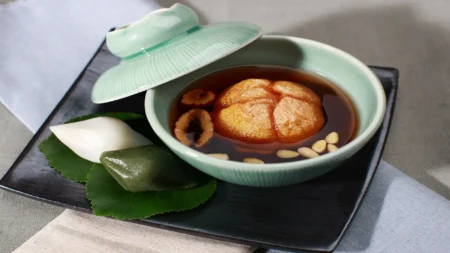Step into the past with tiled rooftops, wooden beams, and serene courtyards
In the heart of ultra-modern Korea — with its neon skylines, AI cafés, and K-pop billboards — there exist peaceful pockets of history. These are Hanok Villages: neighborhoods of traditional Korean houses that have stood the test of time, offering a rare glimpse into the country’s architectural beauty, cultural roots, and slower way of life.
If you’re craving an authentic Korean experience, walking through a Hanok village is like stepping into a living museum — and often, you can even stay overnight.
🏯 What Is a Hanok?
A Hanok (한옥) is a traditional Korean house, typically built with wood, stone, clay, and hanji paper. Its design reflects harmony with nature, featuring:
Ondol (온돌): Underfloor heating
Giwa (기와): Curved tiled roofs
Maru (마루): Open wooden floors for airflow in summer
Courtyards and gardens for inner peace
Every part of a Hanok is intentional — designed to flow with the seasons and landscape.
🗺️ 1. Bukchon Hanok Village – Seoul’s Living History
📍 Location: Between Gyeongbokgung and Changdeokgung Palaces
Bukchon Hanok Village is the most accessible and iconic Hanok village in Korea. Home to over 900 preserved hanoks, it blends modern Seoul life with deep tradition.
Highlights:
Walk narrow alleys lined with hanoks
Visit cultural centers, tea houses, and art galleries
Rent a hanbok (한복) and take photos among tiled rooftops
Respect residents — many homes are still privately owned
🏡 2. Jeonju Hanok Village – A Deeper Immersion
📍 Location: Jeonju, North Jeolla Province
With over 700 hanoks, Jeonju Hanok Village is the largest traditional village in Korea. It’s also the birthplace of bibimbap and a designated Slow City.
Must-dos:
Stay overnight in a traditional Hanok guesthouse
Try Jeonju-style bibimbap and handmade makgeolli
Visit the Gyeonggijeon Shrine and Hanji Museum
Explore local crafts, from calligraphy to fan-making
🏞️ 3. Andong Hahoe Folk Village – UNESCO-Recognized Heritage
📍 Location: Andong, North Gyeongsang Province
Hahoe is a UNESCO World Heritage Site, preserved just as it was centuries ago. It offers a truly untouched feel of Joseon-era aristocracy.
Experience:
Watch Hahoe mask dance performances
Tour Confucian academies and tile-roofed noble houses
Stroll riverside paths and hike nearby Buyongdae Cliff
This village has even hosted Queen Elizabeth II and President George W. Bush during their state visits.
🌄 4. Namsangol Hanok Village – A Cultural Hub in Seoul
📍 Location: Foot of Namsan Mountain, Seoul
Smaller than Bukchon but more curated, Namsangol recreates the look and feel of a Joseon-era neighborhood. Great for visitors who want guided insight.
What to expect:
Restored houses from different social classes
Traditional performances and tea ceremonies
Hands-on experiences: Hanji crafts, archery, and calligraphy
🛌 What It’s Like to Stay in a Hanok
Many Hanok villages offer overnight stays, allowing you to experience:
Sleeping on heated ondol floors
Drinking tea in a tranquil courtyard
Wearing a hanbok around the neighborhood
Waking up to the sound of birds and the scent of pine
It’s a powerful contrast to Korea’s fast pace — a reminder of stillness, simplicity, and heritage.
🧭 Tips for Your Hanok Visit
✔ Wear comfortable shoes — cobbled streets and stairs are common
✔ Be quiet and respectful — many hanoks are private homes
✔ Check for guided tours or English signage
✔ Book your stay in advance during peak seasons (spring/fall)
💬 Final Thoughts: A Timeless Piece of Korea
Hanok villages are not just historic sites — they are living legacies. They show how Korea honors its past while embracing its future. Whether you’re sipping tea under a tiled roof in Bukchon or watching the sun set over Andong, you’ll leave with more than photos — you’ll carry a deeper connection to the heart of Korean culture.
📸 Share Your Hanok Moments
Visited a Hanok village? Tag @KoreaThread and use #HanokJourney to show us your favorite corner of Korea’s timeless charm!







